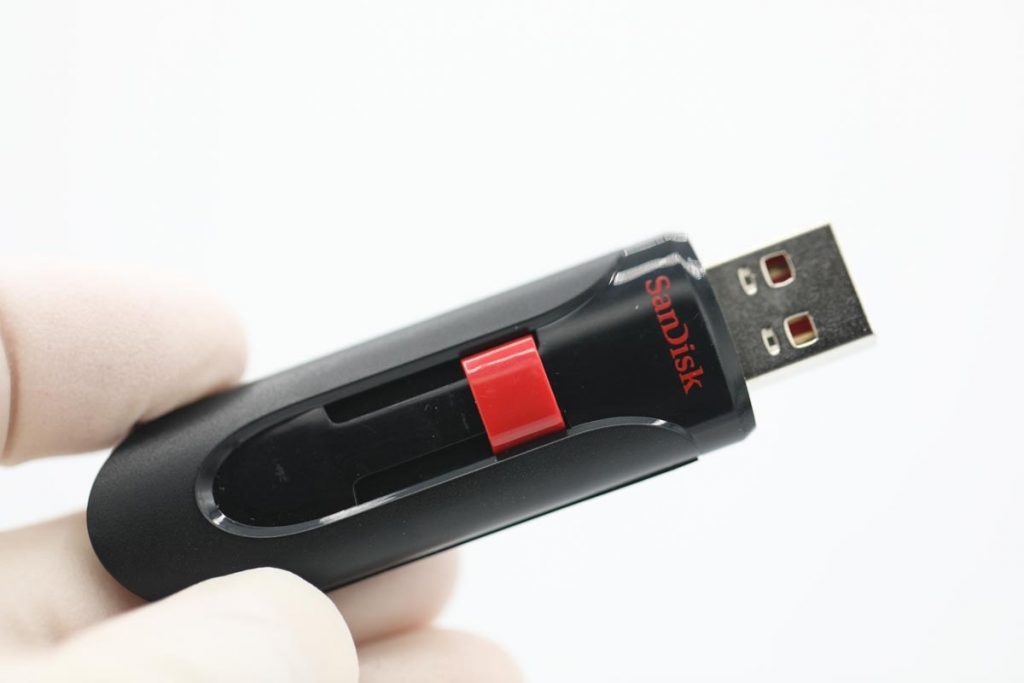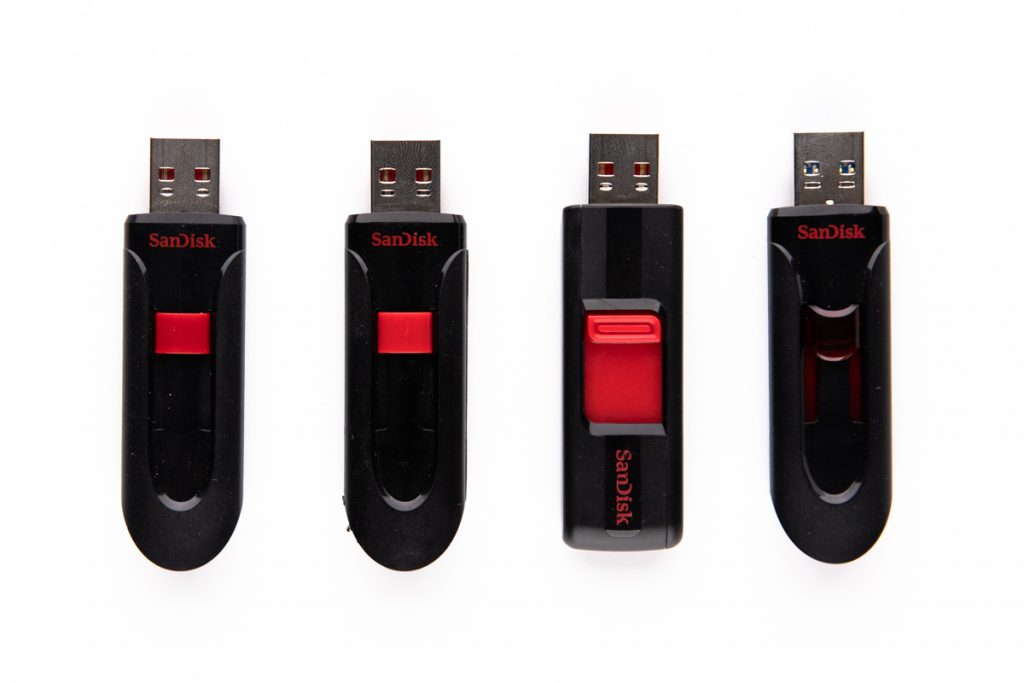Corrupted and unreadable flash drives are a common issue faced by users worldwide. These problems occur when the file system of flash drives becomes damaged or compromised, making the data inaccessible. Several reasons are behind this, such as improper ejection, virus or malware attacks, or physical damage to the drive.
Although the computer may still recognize the flash drive, attempting to access the data results in an error message indicating it is corrupted and unreadable. The following sections will explore the causes, prevention, and potential solutions for this frustrating problem.
Reasons for a Corrupted USB Drive
Reasons for a corrupt USB drive primarily revolve around improper handling and external threats. Understanding these causes is crucial to preventing further damage and loss of important data.
Bad Sectors
Bad sectors on the flash drive can cause data loss or file corruption. This can happen when the flash drive is physically damaged or has been used for a long time.
Physical Damage
Physical damage to the flash drive, such as dropping or extreme temperatures, can result in data corruption. Physical damage can also make the flash drive unreadable or cause errors when accessing the data.

Improper Ejection
Ejecting the flash drive from your computer without proper procedure can corrupt the data, making it difficult or impossible to access.
Malware and Virus Attacks
Malware and virus attacks can corrupt flash drive data. Malicious software can also infect the flash drive, causing data loss.
Power Failures
Power outages while data is transferred to or from the flash drive can result in data corruption. This can occur when the flash drive is in the middle of a writing operation, and the power is lost before the data can be saved.
Consequences of a Corrupted USB Drive
The consequences of a Corrupt USB drive can be incredibly frustrating and, in severe cases, devastating. Not only does corruption prevent access to the files stored on the drive, but it can also result in a complete loss of data if backups are unavailable, significantly impacting both personal and professional spheres.
Data Loss
Data loss is the most obvious consequence of flash drive corruption. When the drive becomes corrupted, the data can become inaccessible, making recovery difficult or impossible.
Drive Letter Changes
Flash drives that are corrupted can result in drive letter changes. The flash drive’s drive letter may change, making locating the drive in Disk Management or File Explorer difficult.
USB Port Issues
Corrupted flash drives can also cause USB port issues. They may become inaccessible when plugged into a USB port or cause errors when accessing the data.
Disk Management Errors
Disk Management errors can occur when a flash drive is corrupted. This can result in the drive not being recognized by the computer or showing up as unallocated space in Disk Management.
What to Do When Your Flash Drive is Corrupted
When faced with a corrupted flash drive, knowing what to do next is vital to recover your data and restore the functionality of your device. Many solutions exist, ranging from built-in operating system tools to third-party software and, in extreme cases, professional data recovery services. If your flash drive has become corrupted, there are several methods you can use to recover your data, including:
Disk Management
Disk Management is a built-in Windows tool for recovering data from a corrupted flash drive. In Disk Management, you can try to recover the flash drive by clicking on “Recover” and following the prompts.
Command Prompt
A person can use The Command Prompt can be used to recover data from a corrupted flash drive. To do this, you need to run the Command Prompt as an administrator and enter the following commands: “chkdsk /f X:” (where X is the drive letter of the corrupted flash drive). This will scan the flash drive for errors and attempt to recover any lost data.

Seek Professional Support
If you cannot recover your data using the methods listed above, consider professional data recovery services. Services like PITS have the tools and expertise to recover data from even the most severely damaged flash drives. These services can provide a reliable solution for recovering important files and data.
Benefits of Our USB Flash Drive Services
Recover your Corrupt USB drive with PITS using their expert data recovery services. PITS is a professional data recovery service provider specializing in recovering lost or corrupted data from flash drives and other storage devices. With years of experience and a team of skilled technicians, PITS has a proven track record of success in data recovery for corrupted flash drives.
We will recover your valuable data if your flash drive has suffered physical damage, file corruption, bad sectors, improper ejection, malware, or power outages. Our state-of-the-art data recovery labs are equipped with the latest technology to ensure the best possible outcome for your data recovery needs.
Why Choose Us
PITS Global Data Recovery Services delivers premium data recovery solutions with a focus on quality and individual care for every case. As a DUNS-verified business, we are committed to excellence, ensuring 100% customer satisfaction. Our tailored service options suit a range of recovery needs and budgets. For critical situations, we offer emergency data recovery, restoring data quickly and reliably without compromising quality.

If you’re facing a data loss situation, don’t hesitate to contact us. Our 24/7 data recovery services are available to you, 365 days a year. Let us help you recover your precious data today.

We start the recovery process with a risk-free evaluation. Our technicians estimate reasons for data loss and the level of damage. Based on it, we select the most suitable recovery strategy.

With years in the data recovery industry, our company supports the highest customer satisfaction rate. We do everything to provide a positive experience for our clients.

During our remote customer file verification session, you will thoroughly review all necessary documents and records to ensure accuracy and compliance.

We offer data recovery services from over 50 locations across the US. This means that no matter where you are located, you can access our services to recover the data.

With our certified data recovery services and 99% success rate, we are confident that we can recover your precious data and get you back up and running in no time.
We understand the importance of your data and the urgency of getting it back. We offer a fast and reliable data recovery service to meet your needs. Our process is simple: send us your flash drive, and we will take care of the rest. Our team will thoroughly analyze your device to determine the cause of the corruption and the best course of action for recovery. We will then provide you with a detailed quote and estimated completion time for the data recovery process.
Our data recovery services are designed to help you get your important files and data back as quickly and efficiently as possible. Whether you need to recover files for personal or business purposes, we are here to help. PITS Global Data Recovery Services takes data privacy and security seriously. Our services comply with industry standards and regulations, and we use the latest encryption technologies to ensure that your data is safe and secure throughout the recovery process.
With our fast, reliable, and cost-effective data recovery services, you can rest assured that your data is safe. If you need to recover a corrupted flash drive, contact PITS today. Our team of experts is standing by to help you get your data back.
Frequently Asked Questions
What are the common causes of flash drive corruption?
Flash drive corruption can result from various factors, including abrupt removal, power surges, file system errors, physical damage, and even malware infections. Common issues include bad sectors, corrupted partitions, and damaged connectors.
How do I know if my flash drive is corrupted or unreadable?
Signs of a corrupted or unreadable flash drive include error messages when trying to access the drive, inability to open files, unusual clicking or grinding noises, or the drive not being recognized by your computer. If you encounter any of these issues, it’s crucial to act promptly to avoid further damage.
Can I recover data from a corrupted flash drive on my own?
In some cases, you may be able to perform basic data recovery using software tools. However, attempting to recover data without the proper expertise can lead to permanent data loss or further damage to the drive. We recommend seeking professional help for the best results.
What should I do if I suspect my flash drive is corrupted or unreadable?
If you suspect your flash drive is corrupted, stop using it immediately to prevent further damage. Do not attempt to format or repair the drive on your own. Contact a professional data recovery service like PITS Global to evaluate and recover your data safely.
How does PITS Global Data Recovery Services recover data from corrupted flash drives?
Our data recovery experts employ advanced techniques and state-of-the-art equipment to retrieve data from corrupted flash drives. We perform a thorough diagnosis, repair any physical damage if needed, and use specialized software to extract your data while ensuring its integrity.


